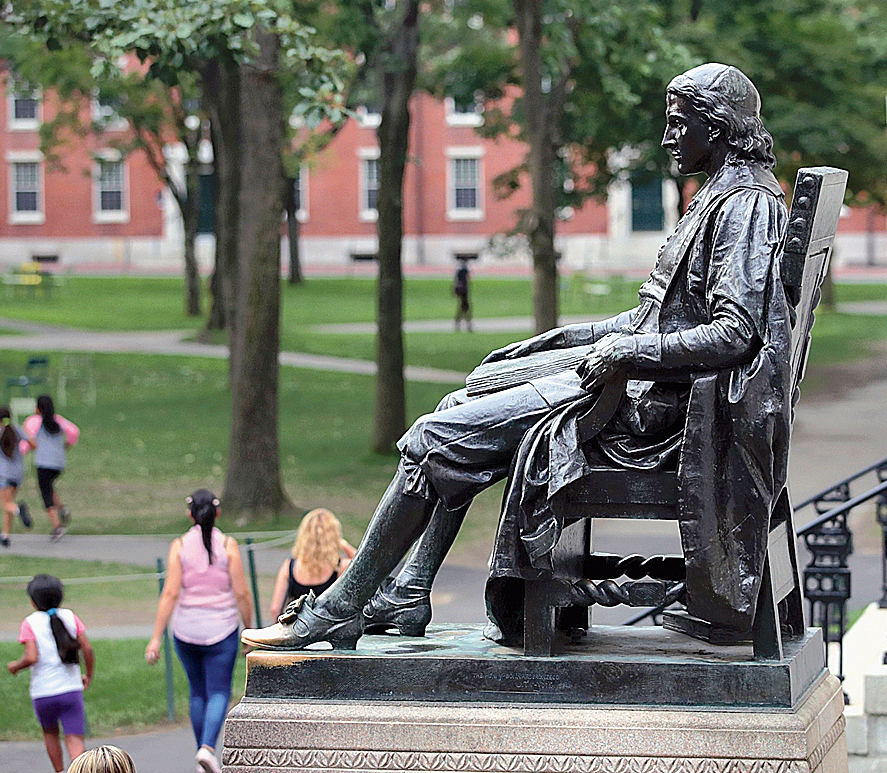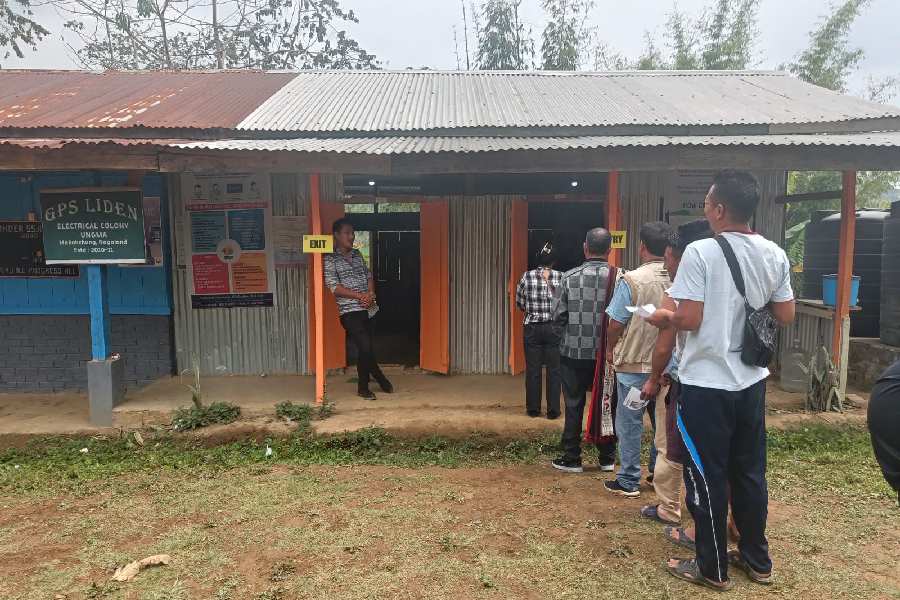Harvard University announced Wednesday that it would not accept $8.6 million in taxpayer money that the university was set to receive as part of an emergency relief package for higher education, whose losses have been mounting during the coronavirus pandemic.
The school’s decision came a day after President Trump criticised Harvard for receiving federal relief funds despite its large endowment, valued at $41 billion before the pandemic. “Harvard’s going to pay back the money,” he declared.
Harvard said on Wednesday that there had been a lot of “confusion” surrounding the emergency fund, and that the university “did not apply for this support, nor has it requested, received or accessed these funds”. Trump had criticised the university in response to a reporter’s question on Tuesday about a different relief fund meant for small businesses.
Harvard, which had previously said it would use all of the federal money to support students in need, opted not to take it after two days of attacks by an array of critics, including Trump and several Republican congressmen, who said it was unseemly for the country’s richest university to take taxpayer money during a crisis that has left millions of Americans without jobs.
At least two other elite universities, Princeton and Stanford, also announced on Wednesday that they would not be taking the money designated to them through a $14 billion federal aid package for higher education. The money was part of a $2 trillion relief package that Trump signed into law on March 27.
Some 5,000 American colleges, universities and trade schools are set to receive federal funding. Although the money was allocated through a formula taking into account the size and income of their student bodies, universities could not access the funds without requesting it from the education department. Harvard said it would not submit its paperwork.
Harvard said in a statement that it faced “significant financial challenges” because of the pandemic and the resulting economic crisis.
“We are also concerned, however,” the university said, “that the intense focus by politicians and others on Harvard in connection with this program may undermine participation in a relief effort that Congress created and the President signed into law for the purpose of helping students and institutions whose financial challenges in the coming months may be most severe”.
Here is a closer look at the higher education relief fund and the controversy surrounding it.
Why were Harvard and other colleges receiving federal money?
The Higher Education Emergency Relief Fund was created as part of the Coronavirus Aid, Relief and Economic Security Act. Known as the Cares Act, it was passed by Congress in late March to provide economic assistance for workers, families, small businesses, students and schools affected by the coronavirus pandemic.
Colleges and universities have been among the institutions facing the biggest losses. Beginning in about mid-March, they ordered most students to evacuate dormitories and campuses. They shut down dining halls, libraries, gyms and science centres, and moved classes online.
The cost of these shutdowns was high, and schools are still not sure whether they will be able to open normally in autumn. Senior executives at many universities have taken pay cuts; faculty salaries have been frozen and construction projects suspended. Many schools have returned unused room and board fees and continued to pay contract workers even when they are not needed.
The relief package included nearly $14 billion to help higher education, and institutions said much more was needed. About half of the money is designated for emergency grants to students to cover food, housing, course materials, technology, and health care needs associated with the disruption caused by the virus.
How was the money awarded?
Almost all the higher education relief money, $12.6 billion, was designated by Congress for about 4,500 colleges and universities that are eligible for federal financial aid.
The rest was reserved for institutions that primarily serve minority populations, and for grants to institutions that were particularly hard hit by the virus, mainly smaller colleges whose economic survival is threatened.
The distribution formula set by Congress is based on the federal financial aid distribution system, weighted towards students who receive federal Pell Grants. The bigger a school’s student body, and the more low-income students, the more money a school is entitled to receive.










